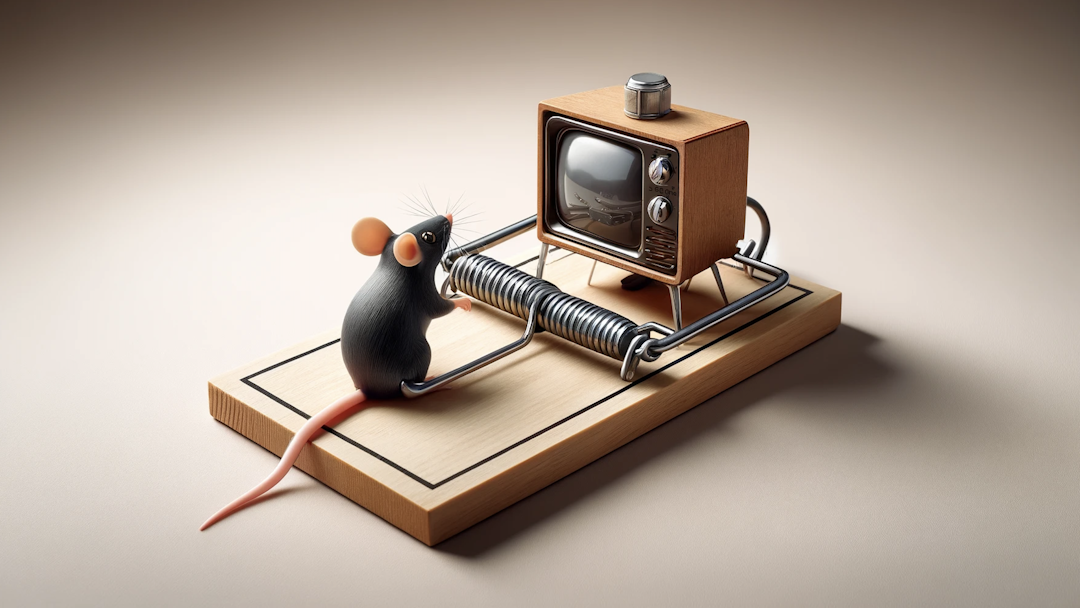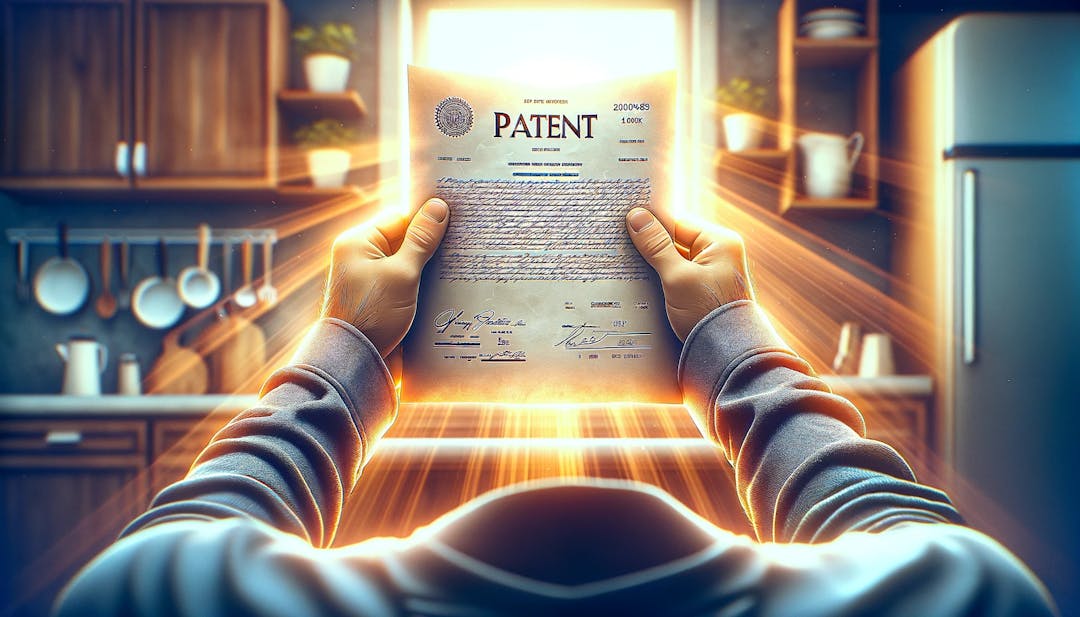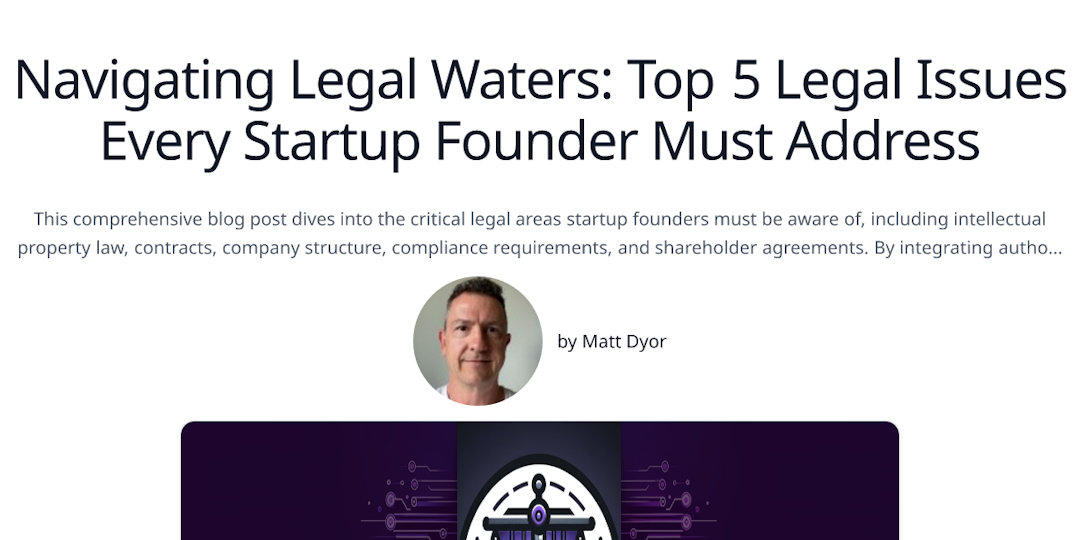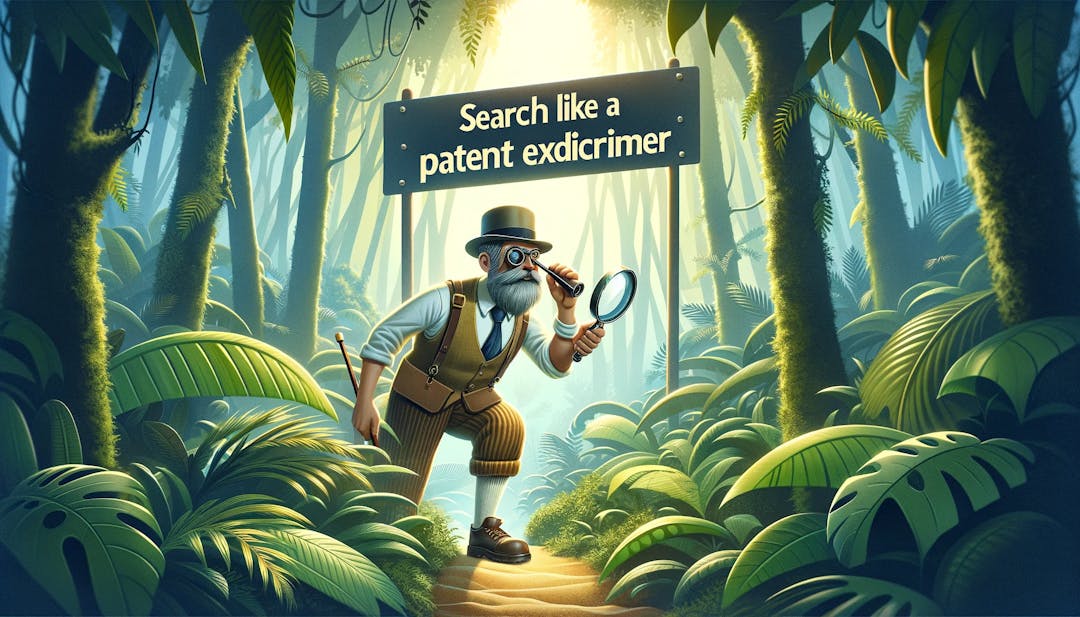In the realm of innovation and intellectual property protection, understanding the nuances of patent applications can be a game-changer for inventors and startups alike. A provisional patent application offers a cost-effective and strategic stepping stone towards securing a formal patent, providing a twelve-month buffer to refine your invention, explore commercial opportunities, or seek funding.
The Path to Provisional Patent Application
A provisional patent application is your first foray into safeguarding your invention without diving into the complexities and expenses of a non-provisional patent application. It is essentially a 12-month placeholder where you get an effective filing date (for the disclosure you include in your provisional patent application - not what is in your head!). It's crucial to recognize that while this route offers temporary protection, it requires attention to ensure that your invention is adequately described and potential patent claims are clearly outlined.
1. Document Your Invention
Detailing every aspect of your invention is critical. This includes conceptual descriptions, technical drawings, and how your invention differs from existing products or technologies. It's essential to be as comprehensive as possible to create a solid foundation for your patent claims and future development. I will write up a detailed blog post soon, but feel free to ask a question ↗ if you want to do it sooner.
2. Claims Crafting
Although not necessary for a provisional patent application, including claims can ensure that you have proper support for your non-provisional claims that are required. The drafting of claims may indeed be the most intricate part of your patent application, delineating the boundaries of your invention's protection from all the prior art. Claims should be specific, clear, and supported by the descriptions (and ideally drawings) provided. Due to the complexity and importance of this step, soliciting professional guidance, even for a provisional application, may be a good move.
3. Licensing Your Innovation
Even at the earliest stages, you should consider how you plan to monetize your invention. If you just plan to sell your product, you do not need a patent application. Only if you intend to sell or license the rights to your product (or sue an infringer) do you need a patent. Working backwards from how you intend to use your patent application can help you achieve your long-term outcome. For example, if you think about your invention from the perspective of your future licensee, you can write your claims in a way that would be most beneficial to them. If you cannot imagine who would license your patent application, then spend some time thinking about that before investing time writing a provisional patent application that has no market (no buyer, no licensee, and likely no infringer).
4. Application Filing
In the United States, filing a provisional patent application is handled through the United States Patent and Trademark Office's (USPTO) Electronic Filing System (EFS-Web). The costs of filing a provisional patent application ↗ are currently $300 ($120 for a small entity and $60 for a micro entity). There are no examination or publication fees...because there is no examination or publication.
Useful Resources:
Conclusion
Provisional patent applications can give you an early filing date, but only for the subject matter adequately disclosed in your provisional patent application. If you have not taken the time to think about who is going to license your patent application, take some time to think about that first - nobody is going to show up on your doorstep asking to license or acquire your invention. At some point you have to figure out who is going to commercialize your invention, and if you do that work up front you can craft your patent strategy based on your IP customer's needs.
If you're navigating the complexities of patent applications and licensing strategies, consulting with a patent attorney up front may help set you in the right direction. To discuss how to develop a comprehensive patent strategy for your invention, feel free to schedule a time ↗ with with me (my bio ↗).





















